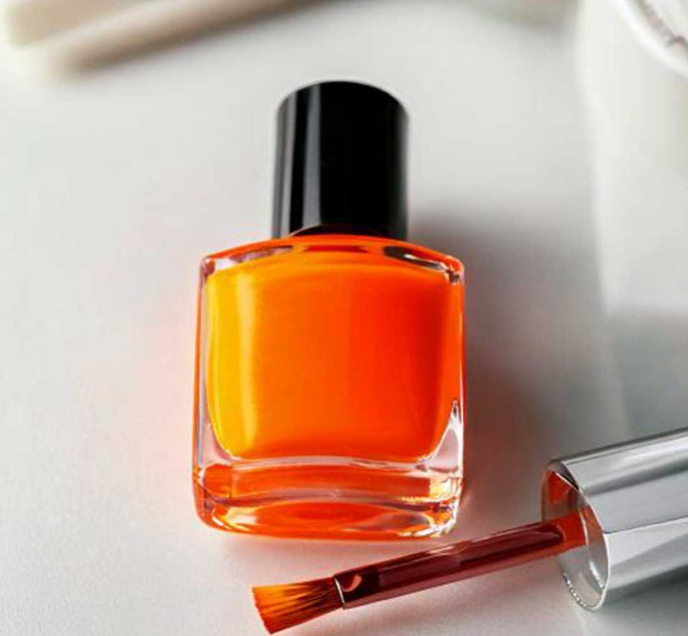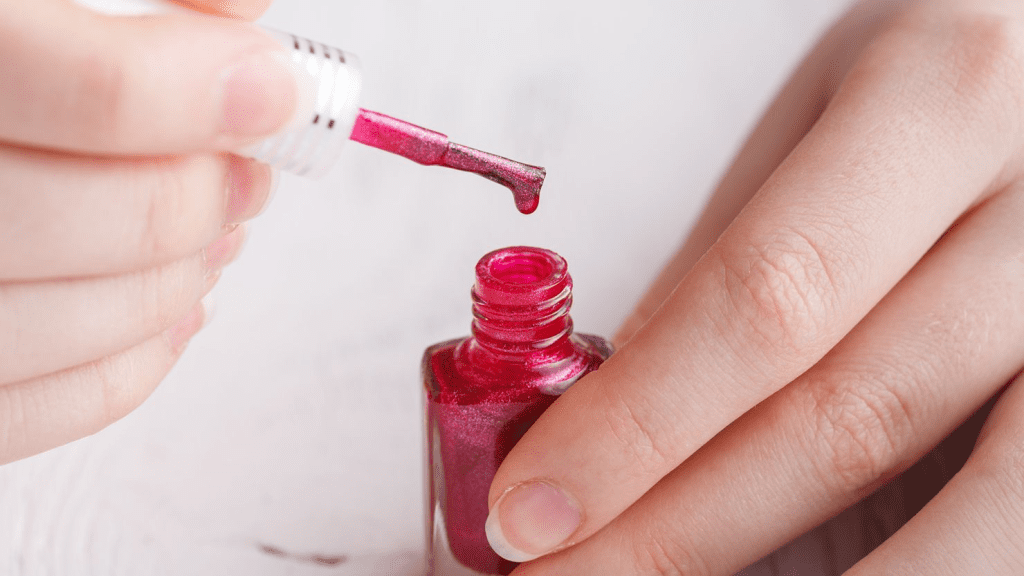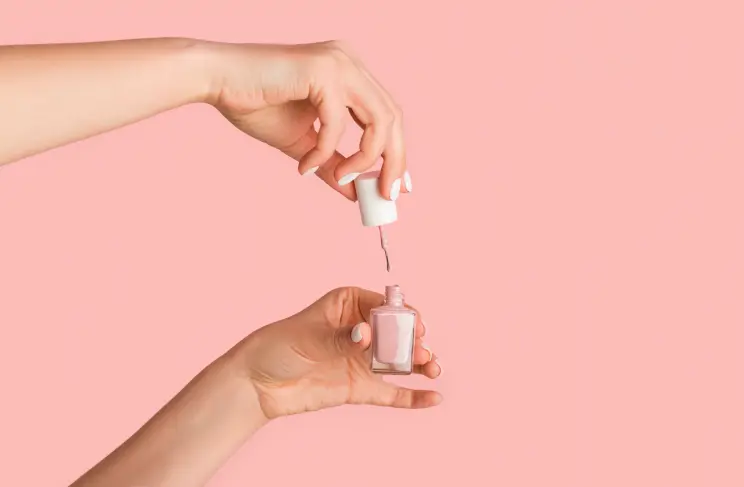In recent months, a disturbing trend has swept across social media, drawing the attention of parents, educators, and health professionals: chroming. This dangerous activity, involving the inhalation of fumes from aerosol cans, has become popular among teens looking for a quick, intense high. But the dangers of chroming are severe and can have lasting consequences on both physical and mental health. Here’s what every parent should know to protect their teens from the risks of chroming and encourage safer choices.

Understanding Chroming: What It Is and How It Works
Chroming refers to the act of inhaling chemical vapors from products like spray paint, nail polish, deodorant, or other aerosols to achieve a temporary high. Originally, the term “chroming” came from inhaling chrome-based spray paints, but it now applies to a range of inhalants. When these toxic fumes are inhaled, they trigger immediate effects such as euphoria, dizziness, and sometimes hallucinations. Unfortunately, the high fades quickly, leading some teens to repeat the process multiple times, further increasing the risk of harmful side effects.
Chroming may seem simple, but the chemical compounds involved are far from harmless. These substances directly affect the central nervous system, causing significant short-term effects and, with continued use, long-term damage to vital organs.
The Rise of Chroming: How It Went Viral
So, why has chroming suddenly gained popularity? The answer lies in the power of social media. Videos and posts on popular platforms portray chroming as thrilling or harmless, often downplaying the dangers. As teens seek acceptance and excitement, they may be lured by the challenge and validation that comes with trying something risky. But the viral nature of social media also means that these dangerous practices can spread like wildfire, exposing more and more young people to this life-threatening activity.
Because chroming seems more accessible and “safer” than other substances, some teens may see it as a quick escape or thrill, often without fully understanding the consequences. Parents should be aware of how social media can influence their children’s perceptions and decisions, making it vital to stay informed and talk openly about these trends.
Health Risks and Dangers Associated with Chroming
The health risks associated with chroming are severe and can be both immediate and long-term. Here’s a closer look at the dangers involved:
- Immediate Risks: Inhaling these toxic fumes can cause “sudden sniffing death syndrome,” a fatal heart condition that can strike without warning. Other acute effects include nausea, vomiting, headaches, and respiratory distress, which can lead to suffocation.
- Long-Term Damage: Repeated chroming can lead to irreversible damage to the brain, liver, kidneys, and lungs. As the chemicals accumulate, they impair the body’s functions, and in some cases, prolonged exposure has led to severe cognitive and physical disabilities.
- Risk of Accidents: Since chroming impairs judgment and coordination, teens under its influence are more likely to engage in risky behavior, potentially leading to accidents or injuries.
In short, the costs of chroming are far too high, making it crucial for parents to recognize the symptoms early and act promptly.

Psychological and Social Impacts on Teenagers
Beyond the physical risks, chroming can have a profound impact on a teen’s emotional and social life. Dependency on the high can lead to negative changes in behavior, school performance, and relationships.
- Dependency and Isolation: Some teens may begin to rely on chroming as a coping mechanism for stress or pressure, leading to dependency. This often isolates them from family and friends, creating a cycle of secrecy and shame.
- Academic Decline: Substance abuse of any kind can take a toll on academic performance. Chroming often leads to memory problems and reduced cognitive abilities, making it harder for teens to keep up with schoolwork.
- Mental Health Issues: Substance use is often linked to mental health challenges, and chroming is no exception. Teens may experience heightened anxiety, depression, or even paranoia due to inhalant abuse.
Addressing these underlying factors is essential in providing the support teens need to break free from harmful habits and make healthier choices.
Warning Signs Parents Should Look Out For
Recognizing the signs of chroming early can make a critical difference. Parents should watch for behavioral, physical, and environmental cues that may indicate inhalant abuse.
- Behavioral Changes: Sudden shifts in mood, irritability, or increased secrecy may signal a problem. Teens may also start distancing themselves from family activities or show a lack of interest in hobbies.
- Physical Symptoms: Look for signs such as bloodshot eyes, nosebleeds, headaches, or chemical odors on clothing and breath. Other indicators include paint stains on the face or hands.
- Environmental Clues: Aerosol cans in unexpected places, paint-stained items, or unusual packaging could point to chroming. These clues should be taken seriously, especially if combined with other signs.
Regular communication and trust-building with your teen can make it easier for them to come forward if they’re struggling.
How to Talk to Your Teen About Chroming

Talking to teens about risky behavior like chroming can feel intimidating, but approaching it with understanding and honesty can make all the difference.
- Educate Yourself First: Understanding chroming and its dangers enables you to talk from a place of knowledge and empathy.
- Stay Calm and Open: Avoid judgment or accusations. Let your teen know you’re concerned for their well-being and want to understand what’s going on.
- Encourage Dialogue: Ask open-ended questions that allow your teen to share their thoughts and feelings. This can lead to an honest discussion about why they might feel drawn to risky behaviors.
Let your teen know that their choices affect not only their health but also their future. Offering alternative ways to manage stress or cope with challenges can provide a healthier path forward.
Preventative Measures and Safety Tips for Parents
Prevention starts at home. By creating a supportive and safe environment, you can help your teen avoid the temptation to engage in dangerous behaviors like chroming.
- Secure Household Products: Lock away or restrict access to aerosol products and other potential inhalants.
- Promote Positive Activities: Encourage your teen to participate in extracurricular activities that build confidence and self-esteem.
- Discuss Social Media Influence: Talk openly about the impact of social media and how it can glamorize unsafe behaviors.
Creating a safe space where teens feel supported and engaged can go a long way in helping them resist risky behaviors.
Resources and Support for Concerned Parents

If you suspect your teen is struggling with chroming, numerous resources can provide support and guidance:
- National Institute on Drug Abuse (NIDA): Offers information on inhalant abuse and support resources.
- Local Health Departments and Community Centers: Many communities provide counseling and support for substance abuse prevention.
- School Programs and Counseling Services: Schools often have resources for students and families dealing with substance issues, providing a safe space for open conversation.
Reaching out for help is a strong first step toward getting your teen back on a safe path.
Conclusion: Stay Informed and Supportive to Protect Your Teen
As the chroming craze continues to gain traction, staying informed and proactive is crucial for every parent. Understanding the risks, recognizing warning signs, and fostering open communication can make all the difference in keeping your teen safe. By educating yourself, encouraging healthy choices, and providing a supportive environment, you can empower your teen to make informed decisions about their health and well-being. Remember, your involvement and understanding can help steer them away from risky trends and towards a brighter, healthier future.


